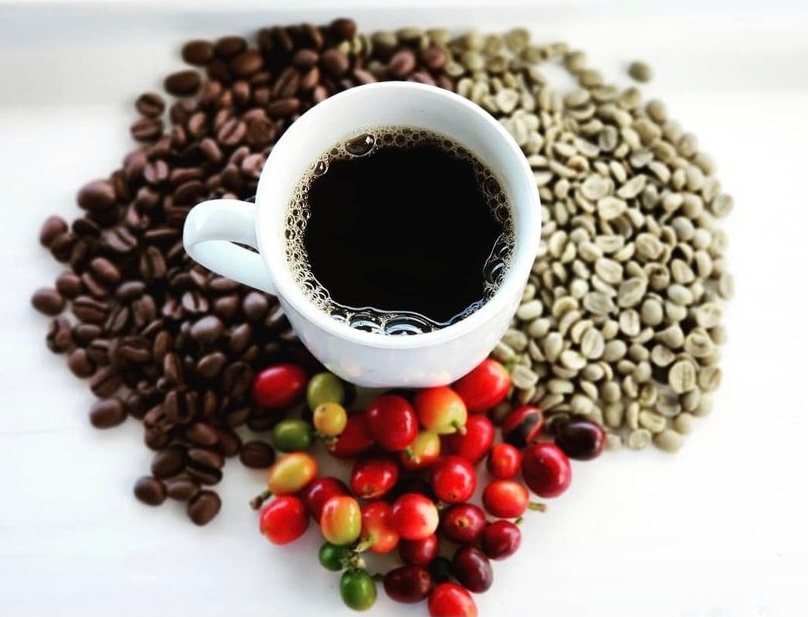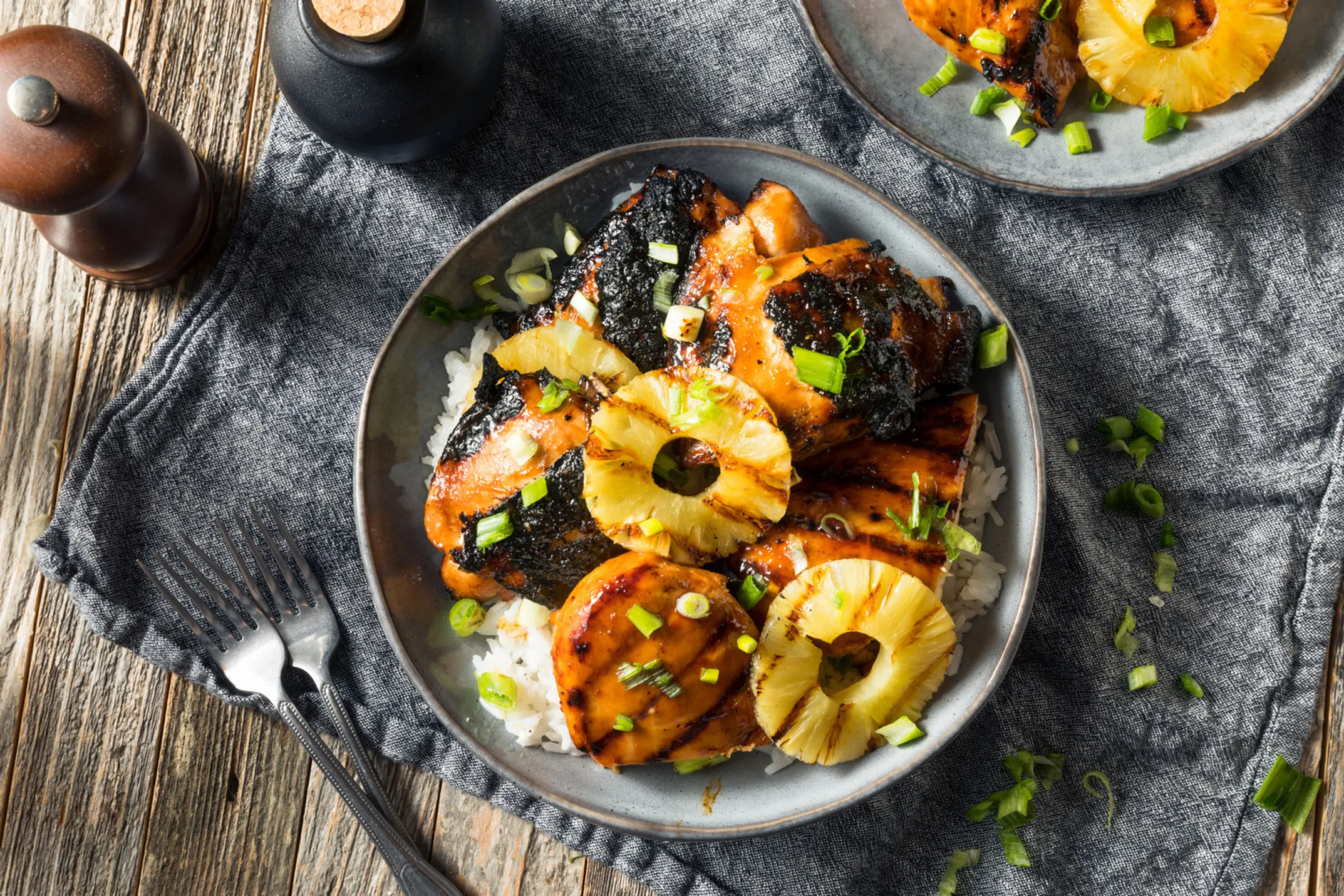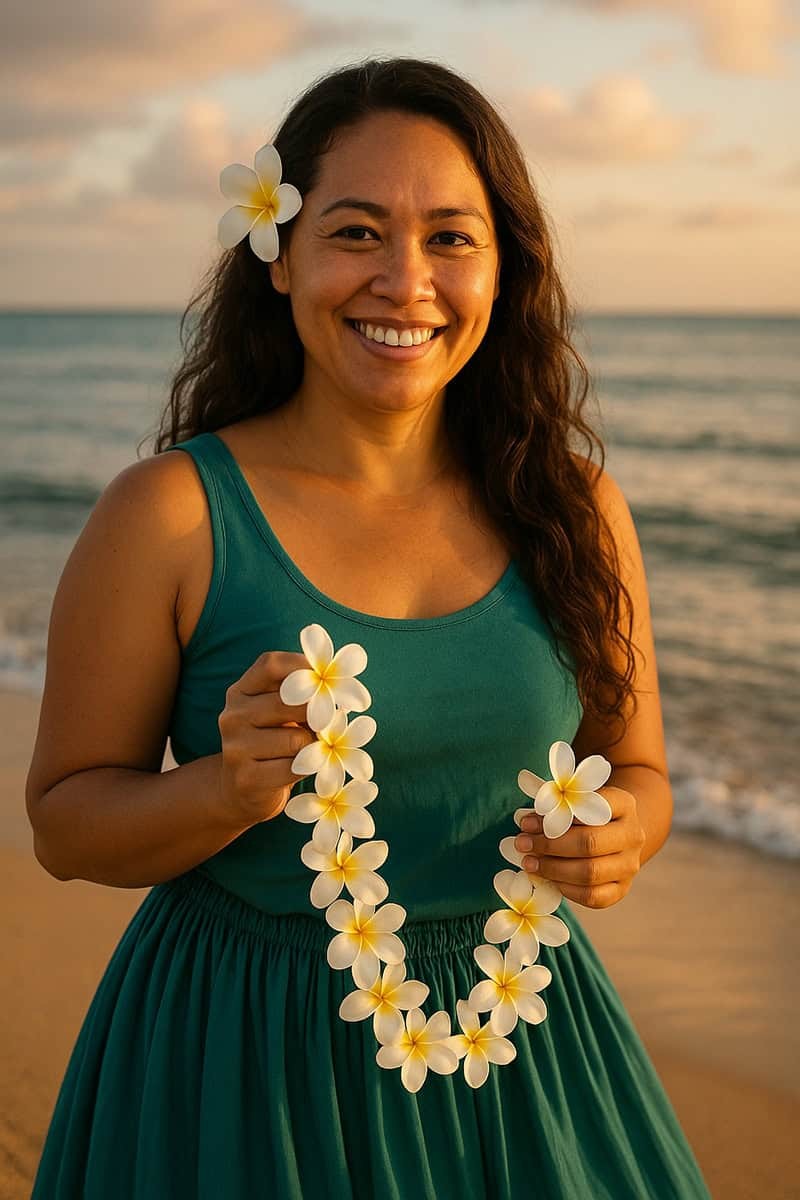
“Brew Your Best Cup”- Coffee Brewing Workshop
Heavenly Hawaiian Coffee Farm • Farm • Holualoa, Island of Hawaii • Hawaii

How 12 visionary chefs changed everything and put Hawaii on the world's culinary map

Written by a Cultural Practitioner
Leilani AkoBy the 1980s, Hawaiian food had a problem. The best restaurants ignored local ingredients. Hotel menus featured continental cuisine flown in from thousands of miles away. Caesar salad. Steak Diane. Sole almondine. Food that could have been served anywhere.
Meanwhile, incredible local ingredients went unused. Fresh fish pulled from pristine waters. Beef from cattle raised on volcanic pastures. Fruits and vegetables grown in fertile island soil. The disconnect was glaring.
A group of talented chefs working in the islands saw this waste. They got frustrated. Then they got organized. Before 1991, fine dining in Hawaii was mostly uninspired. Continental menus dominated. Ingredients were imported, often frozen, shipped thousands of miles across the Pacific.
In August 1991, twelve chefs met on Maui. They had a shared vision: create a new American regional cuisine that celebrated Hawaiian ingredients and culture. They called it Hawai'i Regional Cuisine (HRC).
The twelve founders were Sam Choy, Roger Dikon, Mark Ellman, Amy Ferguson Ota, Beverly Gannon, Jean-Marie Josselin, George Mavrothalassitis, Peter Merriman, Philippe Padovani, Gary Strehl, Alan Wong, and Roy Yamaguchi.
"Pied Piper of HRC" - Created farm-to-table networks, famous for Wok-Charred Ahi
Global ambassador - First Hawaiian chef to win James Beard Award (1993)
Intellectual force - Mentored countless chefs, "When you get, give"
"Godfather of Poke" - Founded Poke Festival, champion of bold flavors
Opened first HRC restaurant (Avalon 1988) - "Practice Aloha" motto
"Unsung Hero" - First female exec chef at Ritz-Carlton Mauna Lani
Their mission had two parts: Champion Local Resources - Build partnerships with farmers, ranchers, and fishermen. Source the freshest ingredients the islands offered. Celebrate Cultural Fusion - Blend the diverse ethnic flavors already present in Hawai'i with sophisticated techniques. Create something uniquely Hawaiian.

Hawaiian fishing boats like these became partners with HRC chefs, supplying the freshest local seafood that revolutionized island dining
Created supply chains connecting farms to fine dining. Encouraged agricultural diversification away from sugar and pineapple.
Elevated multicultural influences with sophisticated techniques while respecting traditional flavors and methods.
Connected chefs with local producers
James Beard Awards
Elevated local traditions
This wasn't just a menu change. It was a declaration of culinary independence. These chefs committed to put Hawai'i on the global food map by celebrating, not ignoring, its own identity.
Helped diversify local agriculture away from pineapple and sugar, creating markets for specialty crops and sustainable farming.
Transformed perception of Hawaiian food from "simple island fare" to sophisticated cuisine worthy of global attention.
Made Hawaiian cuisine a destination draw, with food becoming a major reason to visit the islands.
The movement gained momentum quickly. Food writers and critics began paying attention. Restaurants started featuring local ingredients. Farmers found new markets for their products. Tourism boards promoted Hawaiian cuisine as a reason to visit.
By the mid-1990s, HRC had fundamentally changed how people thought about Hawaiian food. It was no longer seen as simple island fare. It was recognized as sophisticated, innovative cuisine that could compete with any regional American cooking.
"The 1991 revolution didn't end with its founders. It started a fire that burns brighter today."
The principles they established—local sourcing, cultural fusion, culinary excellence—paved the way for a new generation of talent that continues to innovate while honoring the foundation these pioneers built.

Heavenly Hawaiian Coffee Farm • Farm • Holualoa, Island of Hawaii • Hawaii

